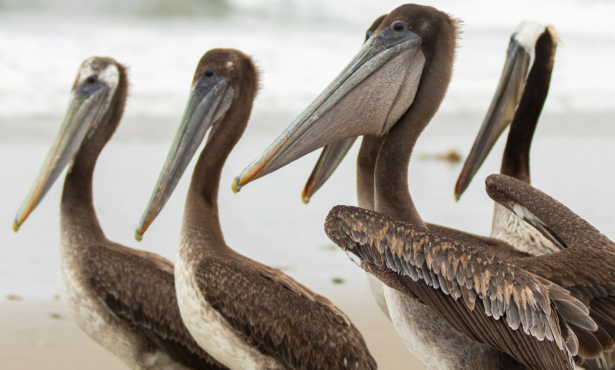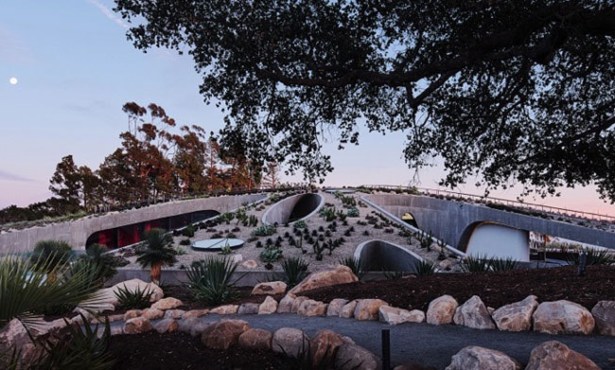Introducing Santa Barbara Aquaponics
Sustainable Farming System Heavy on Efficiency, Light on Energy and Water Use
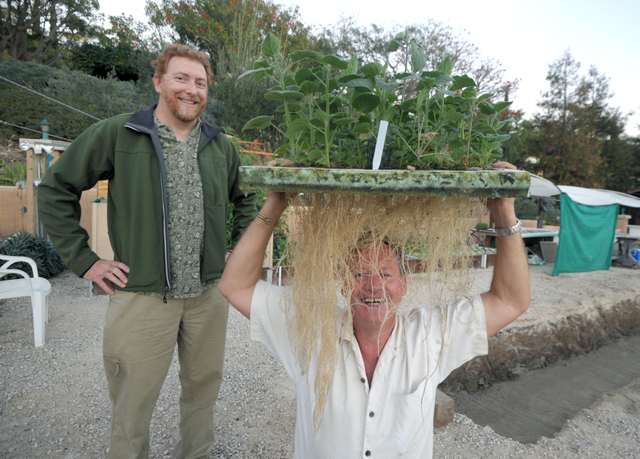
Kevin Childerley is a little conflicted about eventually eating the catfish in his aquaponics system that sits along a sun-drenched avocado orchard overlooking western Santa Barbara. “They just have so much personality,” he says with a laugh while sprinkling pellet food into a tank churning with whiskered mouths. But Childerley knows better than anyone that it’s all part of the cycle, a merry-go-round of water and nutrients that he calls “the sustainable farming of the future.” Right now growing a bounty of Manoa lettuce, chard, kale, tomatoes, poha berries, and other healthy eats, Childerley’s aquaponics venture — a marriage of aquaculture and hydroponics — is all about the efficient use of small amounts of water and energy, perks especially attractive during these days of crippling drought.
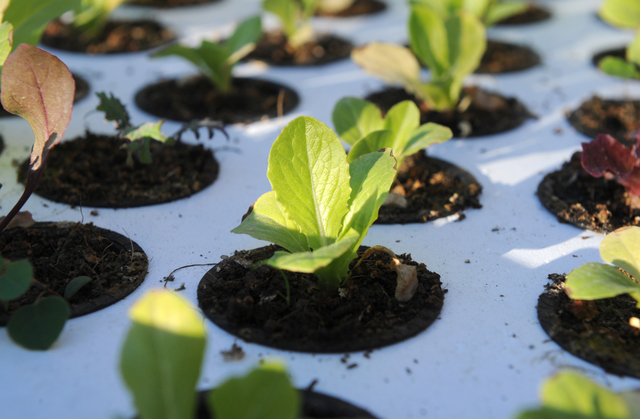
A former TV writer and current painter and carpenter whose “first love is nature,” Childerley started studying the unique cultivation technique in earnest in 2006, and was lent a section of the Casa Verana orchard two years ago after the property owner started looking for cost-saving ways to supplement his traditional farming methods. Out of that experiment grew Santa Barbara Aquaponics and a 35-foot-long, self-funded system that Childerely calls a “boutique showroom option” to demonstrate how the approach could be incorporated into both large agriculture operations and the average homeowner’s backyard. Work on the second system has begun, and Childerley hopes to build two more in the same space in the coming months. “There’s so much disillusion with the future when it comes to food shortages and drought,” Childerley said. “I see this as a vehicle of hope. Nature is so abundant, and we want to tap into that.”
The concept is surprisingly simple. It all starts with the fish and their nutrient-rich poop, Childerley explained as he walked between a composter, yurt filled with equipment and supplies, and rainwater harvester. The aquaponic system’s 30 or so channel catfish — chosen because the species is both hardy and tasty — generate ammonia as they metabolize food and oxygen, and their tank is constantly being fed by recycled water that overflows into a media bed filled with clay balls called hydroton. The water in there is filtered by worms and bacteria that aerobically convert the ammonia into nitrates. (Basically, a mini-version of nature’s nitrogen cycle.)
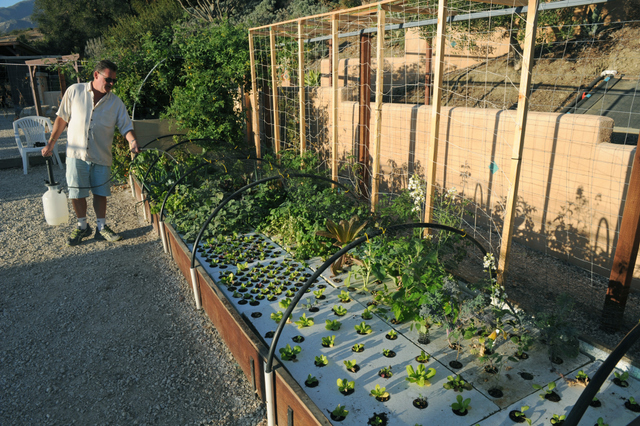
The now nitrate-laden water then flows under thin Styrofoam rafts filled with plants and their dangling roots. Once the water reaches the last raft at the end of the system, it’s pumped back into the fish tank, and the process starts all over again in an ever-evening balance of homeostasis. “It’s essentially a living organism,” Childerley remarked. The fish will eventually become too big and/or overcrowded, Childerley went on, so they’re periodically cooked up and replaced with fingerlings that live among the plants’ soil-free roots. The veggies make their way to kitchen tables or farmers markets, and if they don’t sell, they can be placed back in the watery home.
The system’s 37-watt pump uses about 10 cents worth of electricity per day, Childerley said, and could easily be powered by a solar panel or two. The entire unit holds 725 gallons of water and, because of natural evaporation, is topped off with 50 fresh gallons every two weeks from the property’s well. Childerley said he sprouts the plants at his downtown home, then packs them into small mesh pots filled with coconut husk infused with micro-nutrients. Each raft raft holds 55 pots, and Childerley said he wants to one day create a stackable version for even more output and efficiency. “The power of aquaculture is plant density,” Childerley explained. “You’d need much more space in the earth if you grew them traditionally.” All seeds are put back into the system as well — a single tomato has propagated 250 more, he noted — and Childerley said he also wants to set up a seed-swap program once more aquaponic systems are established in town.
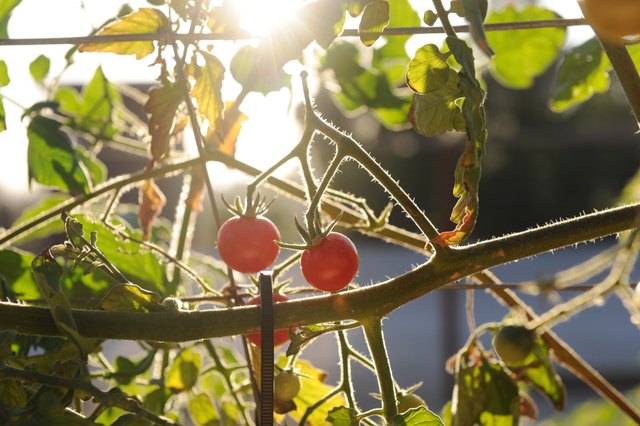
Childerley said the goal is to eventually secure more funding and additional space, and that as Santa Barbara Aquaponics grows, he may act in an advisory capacity to interested owners or sell full systems to farmers and ranchers. It realistically wouldn’t replace their entire operation, he admitted, “but it would be a great supplement and alternative.” Childerley has hosted two tours of the project in recent months and expects to schedule another in March. Visit santabarbaraaquaponics.com and subscribe to its newsletter for more information.

